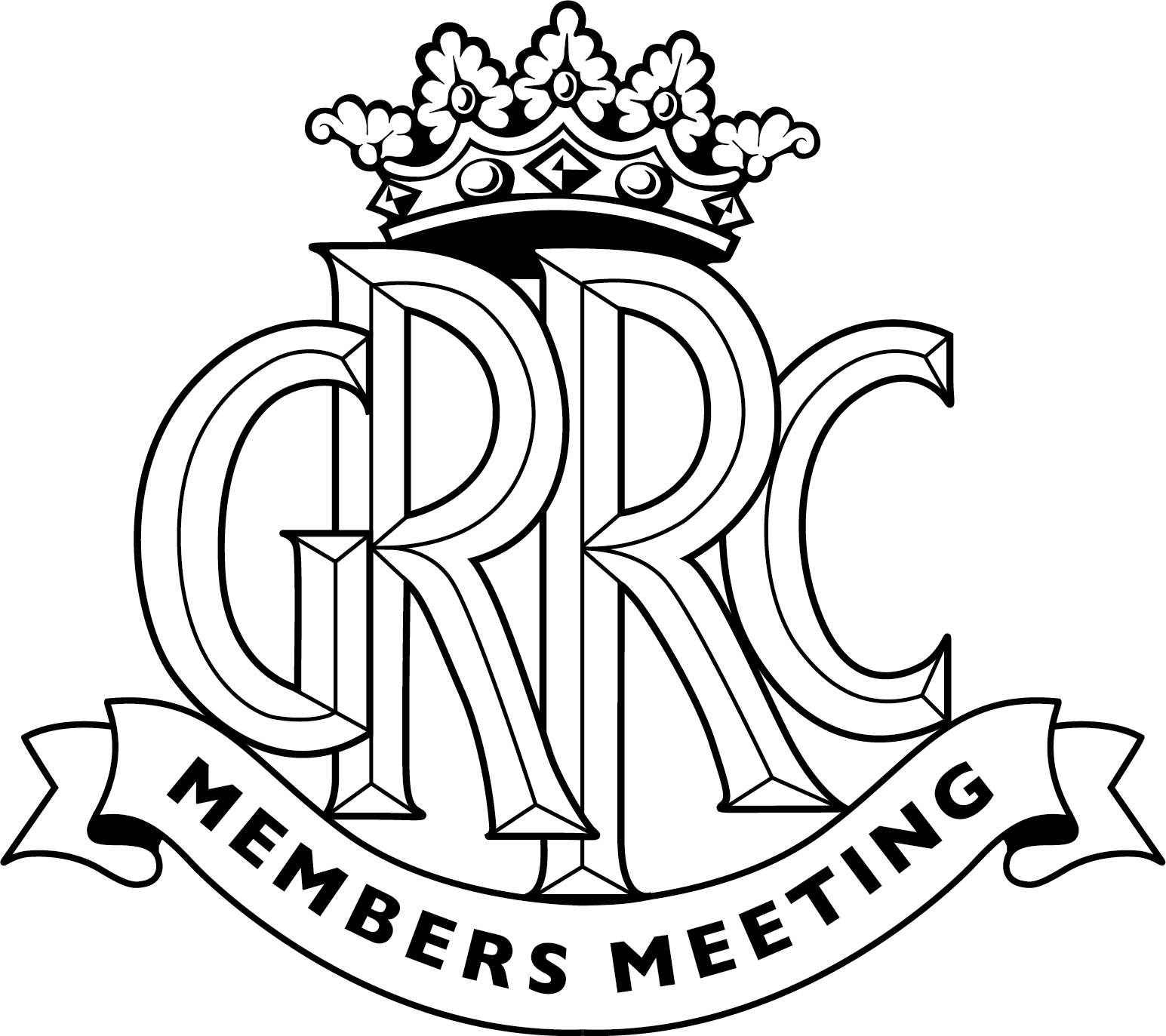Famous Five... unusual McLaren powerplants
The very painful and public spat between Formula 1 powerhouse McLaren and engine supplier Honda just a few seasons into the rekindling of a partnership that reaped so much success in the late-1980s and early-’90s has piled extra pressure on the British team and its Japanese comrade. Clearly, something’s got to give: they need to make it work, and quick, or, as many closely linked to the sport believe is set to happen, trigger divorce proceedings, and quick.

Will McLaren give Honda more time to make it work or has it already lined-up a replacement for 2018, or sooner? Plenty of solutions have been tabled – possibly customer Mercedes, Renault or Ferrari units, perhaps even a tie-up with Alfa Romeo – but keeping one of its greatest assets, Fernando Alonso, is a key part of the decision that the team will have to make sooner rather than later.
Over the course of more than 50 years, McLaren has amassed 182 Grand Prix wins, 155 pole positions and 153 fastest laps, as well as 12 Drivers’ titles and eight Constructors’ crowns – all coming with just four different engine manufacturers: Ford (in two stints), TAG-Porsche, Honda and Mercedes.
However, its cars have also run with other makes’ motivation in races and tests – all without success. These are the five engines that you wouldn’t immediately, if at all, associate with McLaren.
Serenissima
Bruce McLaren’s eponymous team made its debut at Monaco in 1966, the boss running an M2B with a Ford Indycar-based V8 engine. The Kiwi was not enamoured with it so opted to try a 3-litre V8 sportscar engine built by Count Giovanni Volpi di Misurata under the Serenissima banner. With F1 adopting the 3-litre formula for that season, the unit was suitable for F1 and duly fitted to the M2B for the next race, in Belgium. Bearing failure meant Bruce failed to start, but he did race it at Brands Hatch in the British GP, finishing sixth in what would be its only start. After withdrawing from the Dutch GP that year, McLaren reverted to the Ford, taking P5 in the US GP at the end of the year. And that was the end of the short-lived McLaren-Serenissima project.

BRM
McLaren ran two of its early Grand Prix cars, the M4B and M5A, with British-built BRM engines. The M4B, used for the Monaco and Dutch GPs in 1967, was an uprated Formula 2 car, fitted with the 2-litre BRM V8. Bruce McLaren took fourth at Monaco and crashed out at Zandvoort. After tackling three races for Dan Gurney’s US Eagle squad, he returned to his own fold for the Canadian GP in the autumn of ’67, this time with the 3-litre V12 BRM bolted to the all-new M5A. The BRM lump remained in the privately run M5A of Jo Bonnier for 1968, while the works cars of McLaren and Denny Hulme were by then powered by the Ford Cosworth DFV and ready to become GP winners for the first time.

Alfa Romeo
Rumours of a McLaren-Alfa Romeo tie-up continue to circulate, fanciful and/or romantic as it may seem, but it wouldn’t be the first time the two had been mated together. Back in 1970, Italian racer Andrea de Adamich ran an M7D with a 3-litre V8 Alfa unit from the T33 sportscar in the French GP at Clermont-Ferrand. He finished, albeit nine laps down and unclassified. Later in the year, de Adamich ran an M14D in three races, taking a best finish of eighth in the Italian GP at Monza. His compatriot Nanni Galli was entered in a second car in Italy, but he failed to qualify.
Lamborghini
McLaren-Lamborghini? Admittedly, you won’t find that combination in any of the F1 stats archives, for the partnership only tested rather than raced, but it did turn a wheel. Disenchanted with the V8 Ford in the back of the MP4/8, in comparison with its Renault V10-powered Williams rivals in 1993, McLaren came to an agreement with Lamborghini parent company Chrysler to try the Italian V12 engine in a modified chassis. Ayrton Senna conducted a test at Estoril the day after the Portuguese GP and expressed enthusiasm for the Lambo’s power and driveability. So much so, in fact, that he tried to persuade McLaren boss Ron Dennis to let him race the engine in the next race in Japan. Dennis refused, so Senna went out and won at Suzuka, and in the Adelaide finale, with the Ford.

Peugeot
With Senna having made his ill-fated move to Williams for 1994, and the Ford tenure at an end, McLaren formed a surprise liaison with Peugeot for 1994. Briton Martin Brundle joined Mika Häkkinen to drive the MP4-9s powered by a version of the 3.5-litre V10 unit that had helped Peugeot to two World Sportscar Championship titles and back-to-back Le Mans 24 Hours wins. Results were not disastrous – Häkkinen finished second in the Belgian GP and took third on five other occasions, and Brundle was second at Monaco and third in Australia – but before the year was out, McLaren had announced it would be using Mercedes-Benz power for 1995. And that would prove to be a hugely successful arrangement…
Photography courtesy of LAT Images
McLaren
Famous Five...






































































